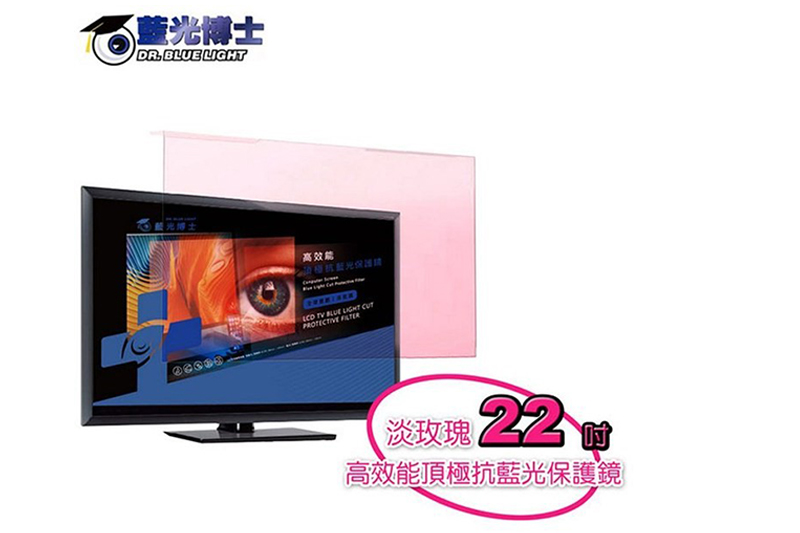Blue Light Eye Care: Health Alerts and Protective Measures in the Digital Era
In recent years, the usage of electronic devices has been on the rise due to the rapid advancement of technology, including smartphones, computers, and tablets. Nevertheless, the potential risks to eye health stemming from the blue light emitted by these electronic devices have garnered significant attention. Drawing on research from reputable academic journals and the World Health Organization, it is established that blue light resides within the visible light spectrum, encompassing a wavelength range of 380 to 500 nanometers. Possessing a higher energy density and enhanced penetration capabilities, blue light can readily enter the human eye and impact the light-sensitive receptors on the retina. Extended exposure to blue light could potentially subject the retinal photoreceptors to oxidative stress, thereby posing a potential hazard to visual health. Moreover, extended usage of electronic devices may potentially lead to digital eye strain, commonly referred to as "digital eye strain syndrome." While viewing electronic screens, the frequency of blinking decreases, a behavior that can induce the evaporation of moisture from the eye's surface, resulting in feelings of dryness and discomfort. Notably, blue light might also have an impact on the body's circadian rhythm, particularly during nighttime hours. Excessive exposure to blue light has the potential to disrupt sleep quality, thereby elevating the risk of insomnia. This underscores the importance of our awareness and caution regarding the potential harm caused by blue light to our eyes, encouraging us to minimize its effects. In the realm of safeguarding eye health, people are increasingly seeking measures to counteract blue light exposure. Widely adopted methods include using anti-blue light screen protectors, anti-blue light coatings, and the like. Such eyewear typically features special coatings that effectively reduce the penetration of blue light into the eyes, thereby mitigating its potential impact. Furthermore, some electronic devices are designed with a "night mode" feature, which aids in reducing the emission of blue light from screens, thereby promoting better sleep quality. It is important to highlight that individuals should understand that the current knowledge about the effects of blue light on eye health is still in the phase of ongoing research. Although some studies have indicated that blue light might impact the health of retinal photoreceptors, the full extent of its influence has yet to be confirmed through more extensive, long-term research. Consequently, choosing appropriate protective measures still requires taking into account individual characteristics and relying on reputable products. Dr. Blue Light - Light rose anti-blue light protective lens and film optical performance - superior products deliver clear vision and accurate pastel color quality performance, all the while diminishing glare and reflections. In conclusion, in this digital age, anti-blue light protection is becoming increasingly important. While blue light may present potential risks to eye health, we should continue to closely follow scientific research to gain a better understanding of its effects and choose appropriate protection methods based on reliable evidence. Simultaneously, proper time management and taking breaks are also essential for maintaining eye health. |
|||
|
|
|||
Maybe you would like to read more :
|
|||


